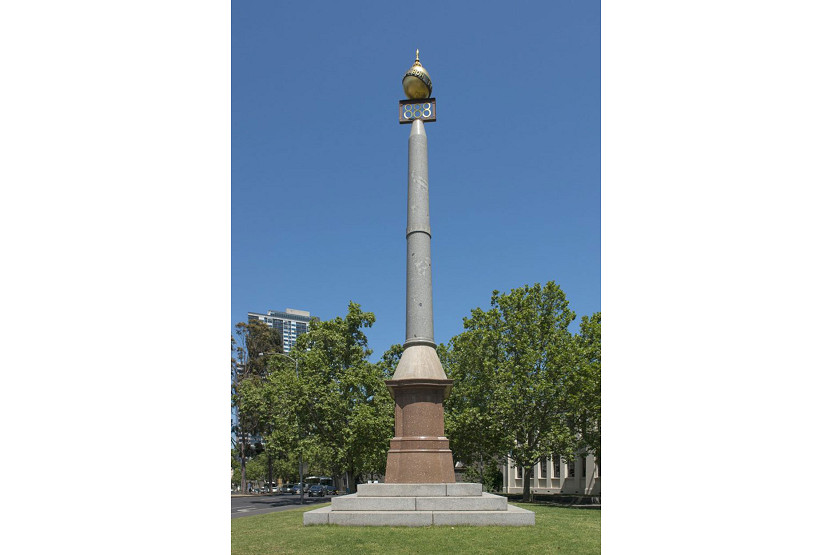Education in North and West Melbourne
This year celebrates the 150th anniversary of the Victorian Education Act 1872 that established free, compulsory and secular education for children aged between six and 14.
Many children had been precluded from school because of cost or disinterest, so places had to be found for a huge cohort of new students.
Previously several small schools had been established in North Melbourne through individual initiative or religious enterprises. These were controlled through the Denominational Board (religious schools) or the National Board of Education. The best known of these, in order of their establishment are …
St Mary’s Anglican School, Howard St, opened in November 1853. It was housed in two rented buildings and in 1855 had an average attendance of 31 pupils. The school closed in 1875.
North Melbourne (Queensberry St – later known as Hotham or Hotham Hill) opened in 1856. This was run by the Presbyterian Church. Built on a stone foundation, the walls were corrugated iron and lined with wood.
Mattingley’s School opened in 1857/58. Elizabeth Mattingley, recently arrived from England, opened an infant school in two rooms in her home in Errol St, in the approximate location of Errol’s Bakery, in 1857. The following year her son Albert, a trained teacher, opened a school on the corner of Queensberry and Errol streets for more advanced students. These are perhaps the best known early educational establishments in the area and Mattingley Lane (off Queensberry St) commemorates their achievements.
This school was recognised by the National Board of Education in 1858 as Hotham (Errol St) and Albert was confirmed as head teacher and Elizabeth as infant mistress.
Following the passing of the Education Act 1872 these were replaced by three new state primary schools. Only the Queensberry St school remained on the same site.
Errol Street Primary School opened on May 1, 1874, with Albert Mattingley as the head teacher. The Hotham School, of which he had been head teacher since 1858, was closed and pupils transferred to the new school. Mattingley retired in 1910 after 52 years as a head teacher.
King Street School in West Melbourne was built in 1875 and opened the following year with an enrolment of 2313 students and an average attendance of 955. Children who had been attending St Mary’s transferred to King Street.
Whereas the cost of building King Street was £6,789, the cost of Errol Street was £10,005.
The reason for the huge cost of building Errol Street School was the necessity of building it over the drain that ran, and continues to run, under the school from what is now the Royal Park Native Gardens.
An article in the North Melbourne Advertiser of August 11, 1882 comments on the fact that thousands of pounds were “buried” in making the foundations of the present building of the school on an old gully:
“Although the bungling of the Department is proverbial, still he must have been a particularly bright genius who conceived the insane idea of placing so costly a construction in a ‘gorge’.”
The running of the Queensberry Street School was taken over by the Department of Education which was keen to buy the land. As the church was reluctant to sell, it was leased until 1877 when it was purchased for £2700. A new building, that now houses the Bastow Institute, was built at a cost of £5400 and opened at the end of 1882. It was planned to accommodate 640 students. The old iron building was used as a drill room and shelter shed until 1897. From 1894 until 1907 the school was an adjunct to Errol Street school and used for the training of teachers to be transferred to rural schools.
As the population and demographic of North and West Melbourne has ebbed and flowed over the years, a number of schools have expanded, closed or amalgamated. More denominational schools have opened.
Today the only state primary school in the vicinity is Errol Street, that has changed its name to North Melbourne Primary School. As many light industries have left the area, replaced by residents with families, the school is being expanded to encompass two campuses. •

Jo Ryan unveils Ordered Chaos at Blender Studios






 Download the Latest Edition
Download the Latest Edition